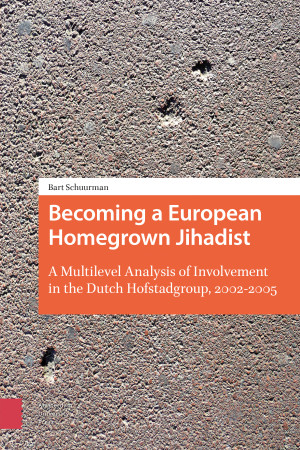"
Becoming a European Homegrown Jihadist offers astute analysis of a single case study through a multilevel analysis and seamlessly blends theories to understand the emergence of an early post-9/11 terrorist organization." - Ryan Shaffer,
Terrorism & Political Violence 32 (5) 2020
"From one chapter to the next, Bart Schuurman takes us to the heart of [a] captivating chronology for anyone interested in jihadism." - Myriam Benraad,
Politique Etrangere. Read the review (in French, pp. 211-212) in full
here.
"Rethinking "Radicalization": Dutch Researcher Discusses What Makes a Homegrown Terrorist" - Interview with Bart Schuurman, read online
here.
"Schuurman finally breaks through the secrecy surrounding terrorism to write about the Hofstadgroup based on primary sources and personal interviews with perpetrators. His evidence refutes the conventional academic wisdom on radicalization and terrorism that are too often based on speculation and unreliable data. A must-read for any student of political violence." - Marc Sageman, independent scholar, author of the recent
Turning to Political Violence.

